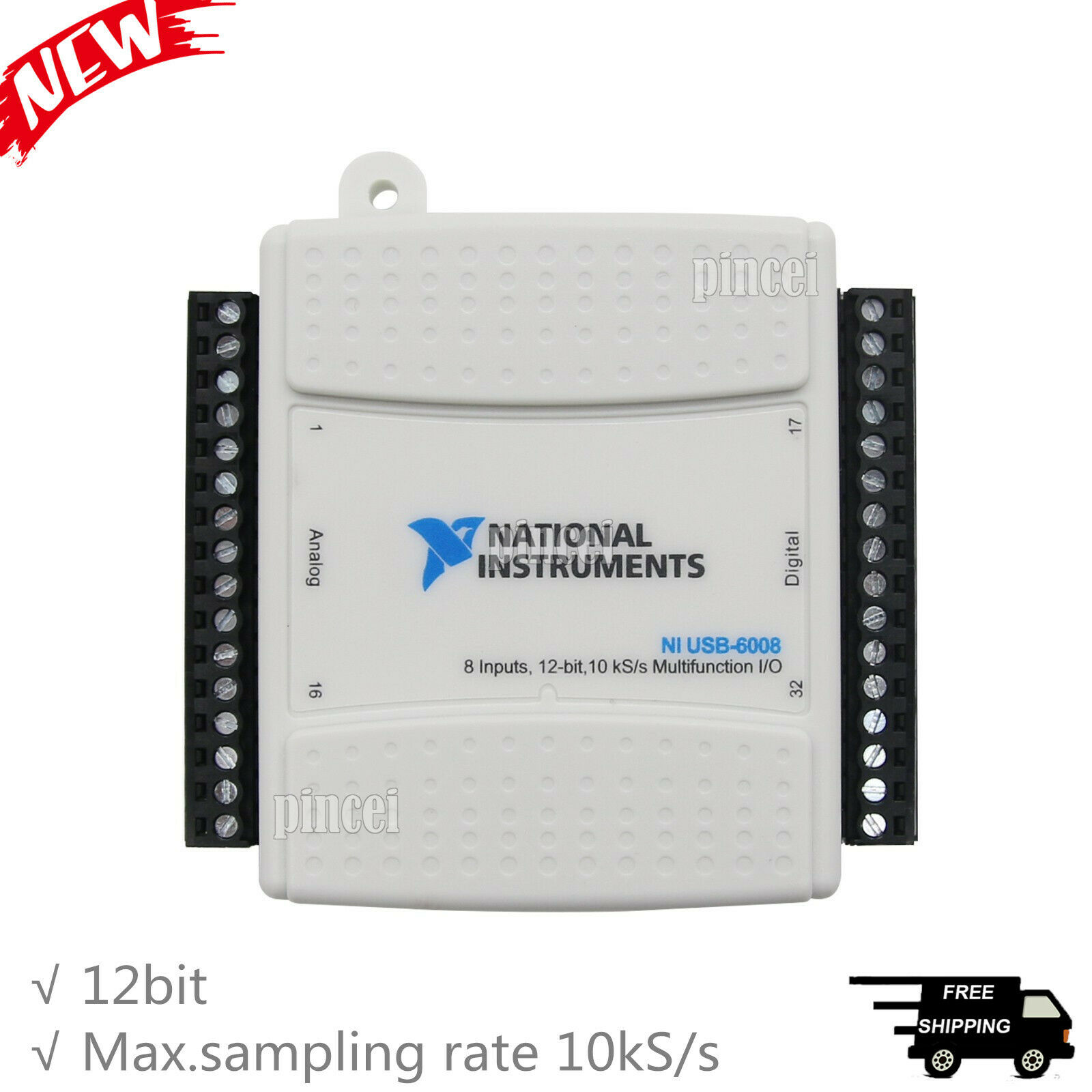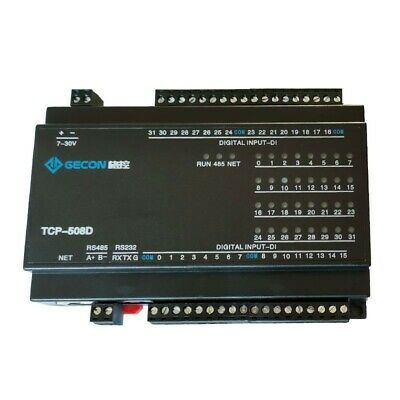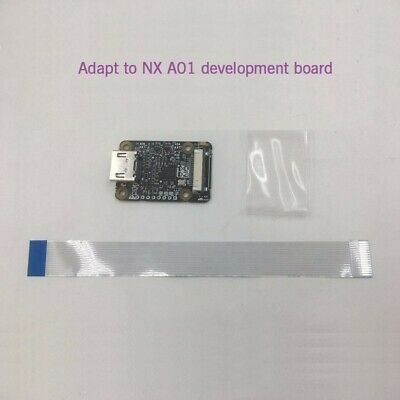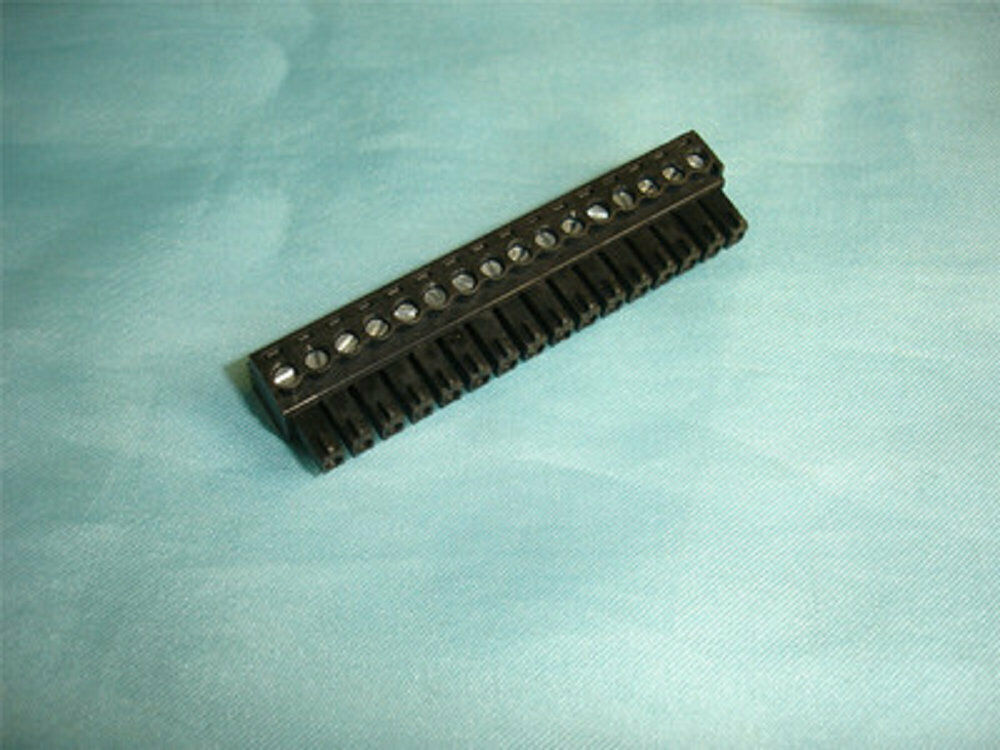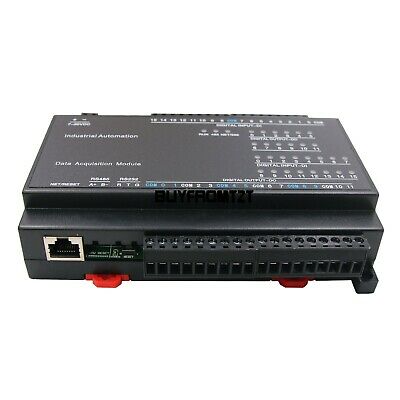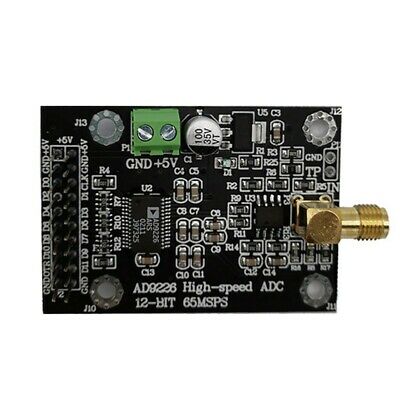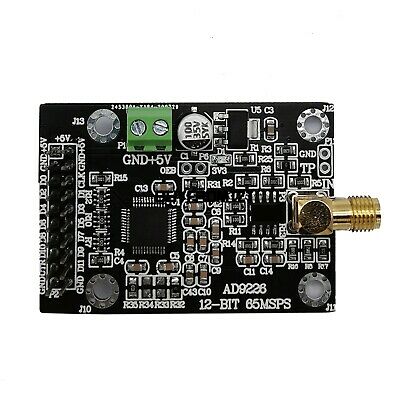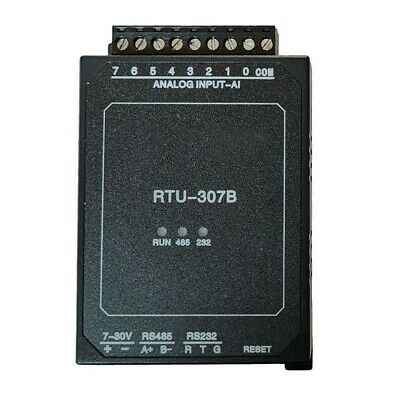-40%
National Instruments NI PXIe-2790 10 MHz-6 GHz PXI RF Multiplexer Switch Module
$ 954.43
- Description
- Size Guide
Description
National Instruments PXIe-2790 10 MHz-6 GHz PXI RF Multiplexer Switch ModuleComes with what you see in the pictures. If you don't see it, you probably won't get it.
Specifications are from National Instruments and may vary slightly due to upgrades, options, or revisions this unit may or may not have.
This unit is guaranteed to work.
The Unit's Information Tags Read:
Model Number:
PXIE-2790
Part Number:
153662A-01L
Serial Number:
F29D6D
Description:
The NI PXIe-2790 features a frequency range of 10 MHz to 6 GHz, solid-state switches for production testing, and a combiner path so you can use the module to switch or combine RF signals. At 1850 MHz, this module provides 1.6 dB of isolation and a voltage standing wave ratio (VSWR) of better than 1.5 dB between CH0A and CH0B. The unlimited lifetime of the relays and a switch time of 45 µs make this module ideal for wireless production testing.
Input Characteristics - Specifications:
Minimum Input Frequency:
10 MHz
Maximum Input Frequency:
6 GHz
Characteristic Impedance (Z
0
):
50 Ω, nominal
Coupling:
AC
Maximum Safe DC Input Voltage:
±5 V
Maximum Safe Continuous RF Power Specifications:
Chassis, Power ON Port:
COM A, COM B, CH 0A, CH 0B:
+20 dBm
CH 1A, CH 1B:
+20 dBm
SUM AB:
+30 dBm
Chassis Power OFF All Ports:
+20 dBm
RF Performance Characteristics - Specifications:
Insertion Loss, Channel Path:
COM A, COM B to SUM AB:
≤ 850 MHz:
< 13.1 dB (< 11.8 dB typical)
≤ 1850 MHz:
< 13.5 dB (< 12.2 dB typical)
≤ 6 GHz:
< 14.4 dB (< 13.3 dB typical)
COM A to CH 1A, COM B to CH 1B:
≤ 850 MHz:
< 2.3 dB (< 1.2 dB typical)
≤ 1850 MHz:
< 2.8 dB (< 1.6 dB typical)
≤ 6 GHz:
< 3.8 dB (< 2.8 dB typical)
COM A to CH 0A, COM B to CH 0B:
≤ 850 MHz:
< 2.2 dB (< 1.1 dB typical)
≤ 1850 MHz:
< 2.6 dB (< 1.5 dB typical)
≤ 6 GHz:
< 3.4 dB (< 2.3 dB typical)
COM A to COM B:
≤ 850 MHz:
< 3.3 dB (< 2.0 dB typical)
≤ 1850 MHz:
< 4.0 dB (< 2.6 dB typical)
≤ 6 GHz:
< 5.4 dB (< 4.4 dB typical)
Insertion Loss Thermal Coefficient, Typical:
α = 240 ppm/°C
Voltage Standing Wave Ratio (VSWR), Port:
SUM AB:
≤ 850 MHz:
< 1.3 (< 1.1)
≤ 1850 MHz:
< 1.4 (< 1.1)
≤ 4 GHz:
< 1.5 (< 1.2)
≤ 6 GHz:
< 1.7 (< 1.2)
CH 0A, CH 0B:
≤ 850 MHz:
< 1.4 (< 1.2)
≤ 1850 MHz:
< 1.5 (< 1.2)
≤ 4 GHz:
< 1.9 (< 1.4)
≤ 6 GHz:
< 1.9 (< 1.4)
CH 1A, CH1B:
≤ 850 MHz:
< 1.4 (< 1.2)
≤ 1850 MHz:
< 1.7 (< 1.3)
≤ 4 GHz:
< 1.7 (< 1.3)
≤ 6 GHz:
< 1.9 (< 1.6)
Isolation:
COM A to COM B:
≤ 850 MHz:
> 19.6 dB (> 20.6 dB)
≤ 1850 MHz:
> 19.6 dB (> 20.6 dB)
≤ 4 GHz:
> 19.6 dB (> 20.6 dB)
≤ 6 GHz:
> 19.6 dB (> 20.6 dB)
CH 1A to SUM AB, CH 1B to SUM AB:
≤ 850 MHz:
> 77.0 dB (> 82.0 dB)
≤ 1850 MHz:
> 68.0 dB (> 70.0 dB)
≤ 4 GHz:
> 55.7 dB (> 57.4 dB)
≤ 6 GHz:
> 48.1 dB (> 51.0 dB)
CH 1A to CH 1B:
≤ 850 MHz:
> 79.0 dB (> 100.0 dB)
≤ 1850 MHz:
> 79.0 dB (> 97.0 dB)
≤ 4 GHz:
> 70.9 dB (> 74.7 dB)
≤ 6 GHz:
> 59.3 dB (> 62.0 dB)
Input 1 dB Compression:
Minimum:
> 31 dBm
Typical:
> 33 dBm
Linearity Specifications:
Third-order Intermodulation Distortion (Input IP3 (HP3)) - IP3 (Input), Typical
1
:
+55 dBm
Note:
Measurements performed with two 10 dBm input tones = 1 MHz apart. This specification is based on both expiremental and calculated data.
1:
Input is defined as the port with the incident signal.
Dynamic Characteristics:
Maximum Switch Operate Time:
45 µs
Note:
Switch operate time is definsed as the time from TRIG IN falling to 10% to when the output reaches 90% of the final value.
Note:
Certain applications may require additional time for proper settling.
Trigger Characteristics:
Input Trigger:
Sources:
PXI trigger lines 0 - 7
Minimum Pulse Width:
150 ns
Output Trigger:
Destinations:
PXI trigger lines 0 - 7
Pulse Width:
Programmable (1 µs to 62µs)
Note:
The NI PXIe-2790 can recognize trigger pulse widths less than 150 ns by disabling digital filtering.
Physical Characteristics:
Switch Type:
FET
Front Panel Connectors:
7 SMA jacks, female (I/O)
PXIe Power Requirement:
0.9 W at 3.3 V, 0.6 W at 12 V
Dimensions:
3U, one slot, PXI/cPCI module. 21.6 cm x 2.0 cm x 13.0 cm (8.5" x 0.8" x 5.1")
Weight:
394 g (13.9 oz)
Environment Specifications:
Operating Temperature:
0°C to 55°C
Storage Temperature:
-20°C to 70°C
Relative Humidity:
5% to 85% noncondensing
Pollution Degree:
2
Maximum Altitude:
2,000 m
Shock and Vibration Specifications:
Operational Shock:
30 g peak, half-sine, 11 ms (Tested in accordance with IEC 60068-2-27. Test profile developed in accordance with MIL-PRF-28800F.)
Random Vibration:
Operating:
5 to 500 Hz, 0.3 g
rms
Nonoperating:
5 to 500 Hz, 2.4 g
rms
(Tested in accordance with IEC 60068-2-64. Non operating test profile exceeds the requirements of MIL-PRF-28800F, Class 3.)
For Domestic Customers: Packaging, handling, and order processing included in shipping in all domestic shipments as quoted by the shipping calculator. For International Customers there is a .00 minimum for packaging, handling, and order processing. International shipping to be determined by destination.
Prior to shipment I will need to know the following information (filled out on a form that I will send you) for International Customers or Packages/Freight being Forwarded internationally. International customers may also be subject to a freight forwarder form if applicable.:
(1) Are you the end-user of this item?
(2) If you are not the ultimate end-user of the item, please state the ultimate end user's name.
(3) What is the ultimate country destination?
03/30/17






